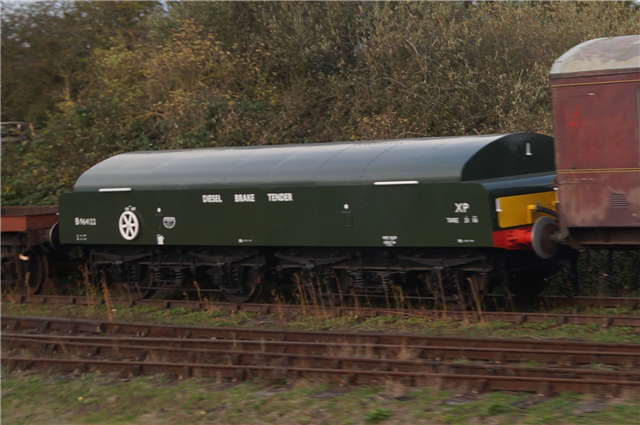The diesel brake tender was one of those railway vehicles that no one paid any attention to until they had all gone. At the end of the 1950’s British Railways was pressing ahead with the mass introduction of new diesel engines to replace the steam engine, as well as a mass replacement of wagons. It was soon discovered that the new diesels did not have the same braking ability as the steam engines they were replacing and not all the new wagons had train brakes either. This resulted in British Railways converting a number of old carriages that were also being replaced into weights that could be used to assist the diesels when stopping these unbraked trains. By the late 1970’s when most unfitted goods trains had either been upgraded or replaced the use of these tenders was no longer required, so they fell into disuse and were scrapped.
The vehicles could be seen all over the country, with many being allocated to the Nottingham area for use on the many coal trains that operated from the regions collieries. None survived into preservation, but a group of engineers from 'Railway Vehicle Preservations', based on the Great Central Railway, decided to build a new one to enable demonstrations to be recreated using the extensive wagon and diesel collections based on the railway. In exceptional cases they also saw use on passenger trains.
